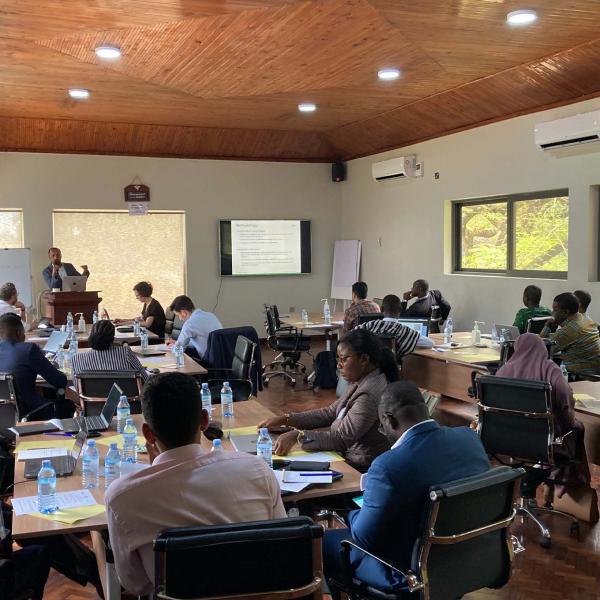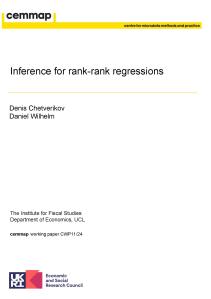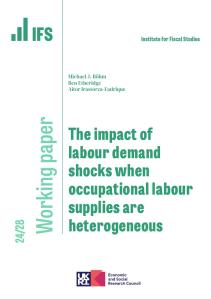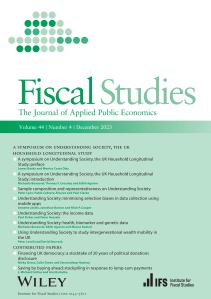Downloads

WP201719.pdf
PDF | 409.34 KB
Natural disasters, such as the 2004 East Asian Tsunami, attract a high level of donations. Previous literature has shown that the scale of the disaster is important in driving the aid response, but there are inconsistent findings on whether the number killed or the number affected matters more. In this paper we discuss a number of issues in linking measures of the scale of a disaster to the aid response, particularly taking account of outliers in both scale of disaster and aid. We show that a log-specification is preferred and that this specification can reconcile findings based on different datasets. Both the number killed and the number affected matter equally for whether aid is given; the number killed is more strongly related to the magnitude of the aid response. We also present new evidence confirming the importance of publicity for disasters, focusing on appeals.
Authors

Research Associate University of Nottingham
Kim is Professor of Economics and Public Policy and Head of the School of Economics at the University of Nottingham.

Research Associate University of Bristol
Sarah is a Research Associate at the IFS and Head of the Department of Economics at the University of Bristol with interest in applied microeconomics.

Mark Ottoni-Wilhelm
Working Paper details
- DOI
- 10.1920/wp.ifs.2017.W1719
- Publisher
- The IFS
Suggested citation
M, Ottoni-Wilhelm and K, Scharf and S, Smith. (2017). The donation response to natural disasters. London: The IFS. Available at: https://ifs.org.uk/publications/donation-response-natural-disasters (accessed: 30 June 2024).
More from IFS
Understand this issue

Election Special: Your questions answered
27 June 2024

What is the two-child limit in benefits?
27 June 2024

Election Special: The big issues politicians haven't spoken about
25 June 2024
Policy analysis

Three key takeaways from our TaxDev Tax Expenditures Workshop
17 March 2023

Is there really an NHS productivity crisis?
17 November 2023

IFS Deputy Director Carl Emmerson appointed to the UK Statistics Authority Methodological Assurance Review Panel
14 April 2023
Academic research

Inference for rank-rank regressions
28 May 2024

The impact of labour demand shocks when occupational labour supplies are heterogeneous
28 June 2024

Understanding Society: minimising selection biases in data collection using mobile apps
2 February 2024